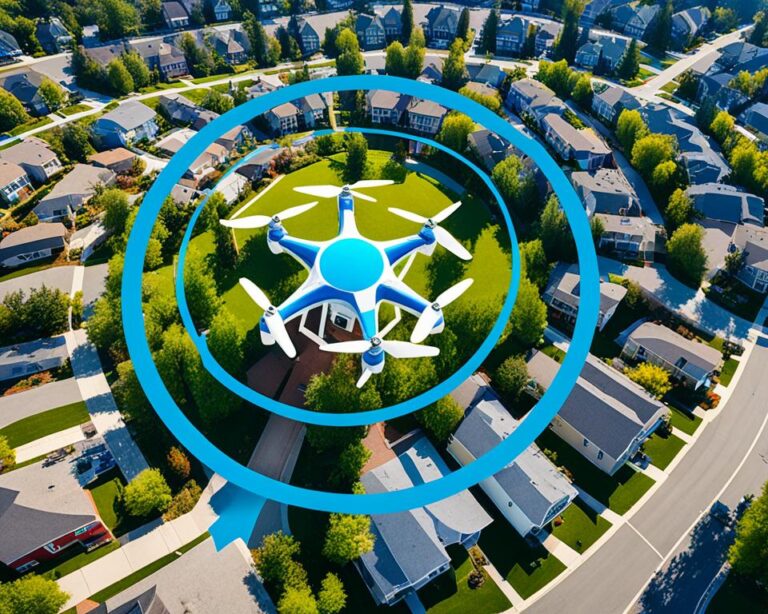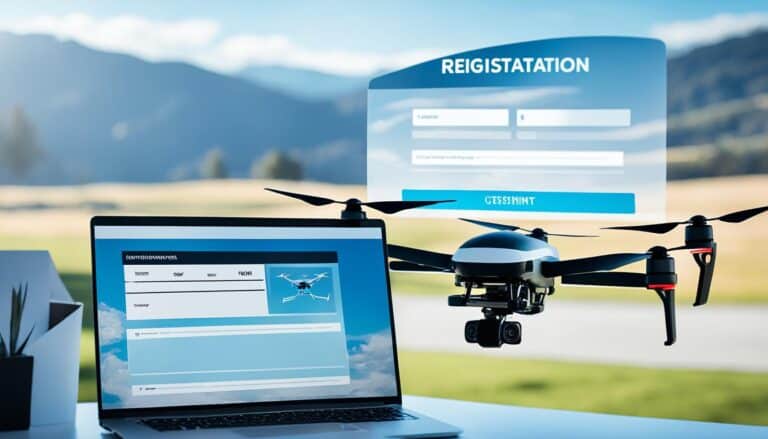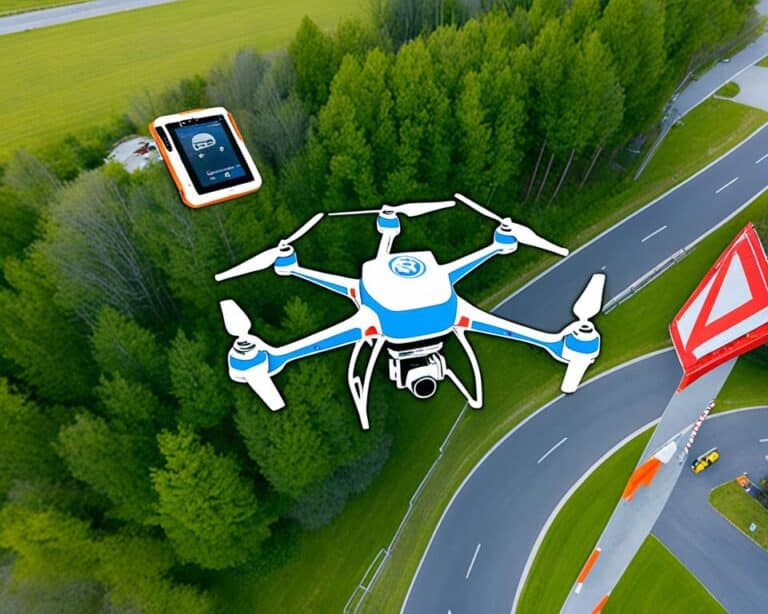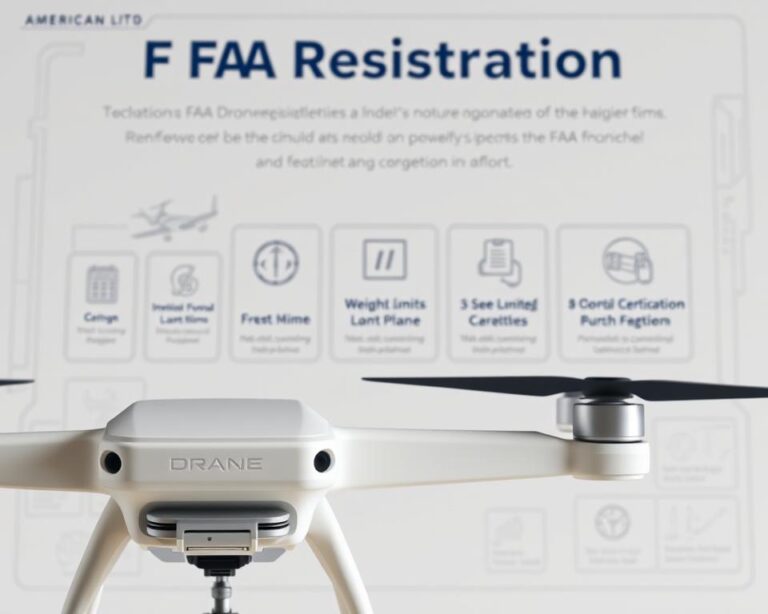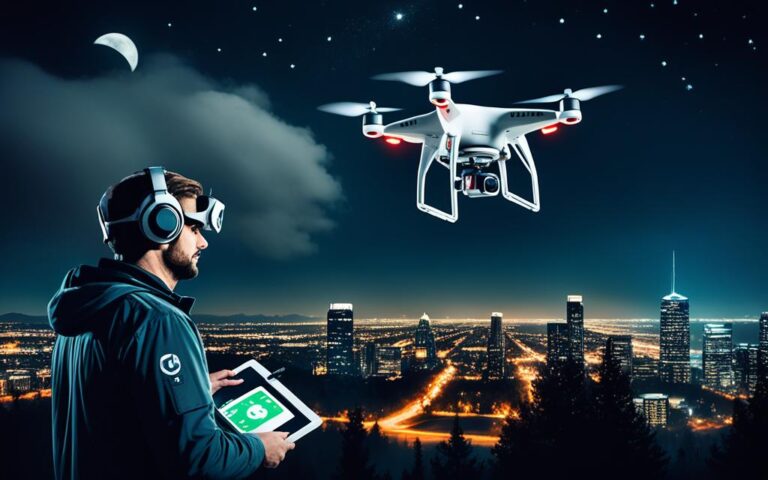2022- Simplified Drone Laws of the United States of America
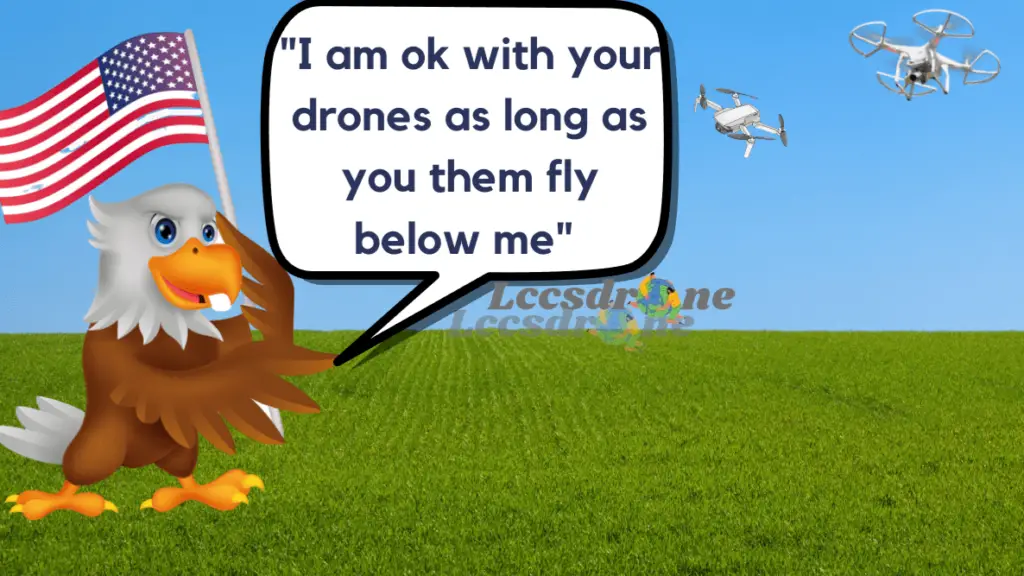
You must follow community-based safety guidelines and fly within the programming of a nationwide community-based organization (CBO) like the AMA.
You must fly a drone under 55 lbs. unless certified by a community-based organization.
Operating your drone without understanding the law can get you up to a $1.9 million civil penalty from the FAA or up to years in prison.
So to avoid those circumstances for everyone, I wrote this idiot-proof article on the drone laws of the US for people who don’t like reading blocks of useless text like me.
First, does drone law differ from state to state?
Yes, there are different drone laws and regulations in different states of the united states except for Alabama, Massachusetts, Missouri, Nebraska, New York, Ohio, and South Carolina. All of them have laws regulating the use of drones either at a state or at a local level.
Choose your state to check state laws
| AL | AK | AZ | AR | CA | CO | CT | DE | FL | GA |
| HI | ID | IL | IN | IA | KS | KY | LA | ME | MD |
| MA | MI | MN | MS | MO | MT | NE | NV | NH | NJ |
| NM | NY | NC | ND | OH | OK | OR | PA | RI | SC |
| SD | TN | TX | UT | VT | VA | WA | WV | WI | WY |
Summary of the federal drone laws of the united states of America
- Every drone that weighs above 250 grams should get registered on the FAADroneZone website.
- Recreational flyers must take The Recreational UAS Safety Test (TRUST).
- Both commercial and recreational pilots should use the B4UFLY app to help show where they can and cannot fly with interactive maps.
- You should become a 107-certified pilot if you want to fly for work purposes.
- Avoid flying or hovering over people and crowds.
- Always give way to manned aircrafts(airplanes, helicopters, and such).
- Fly up to 400 feet above ground in uncontrolled airspace.
- Fly up to 400 feet above ground in controlled airspace with prior authorization from the FAA using LAANC.
- Fly within your visual line of sight.
- Don’t operate your drone in a dangerous manner, such as interfering with law enforcement activities or flying under the influence of drugs or alcohol.
- follow community based organization guidlines
1. Recreational vs commercial drone flight
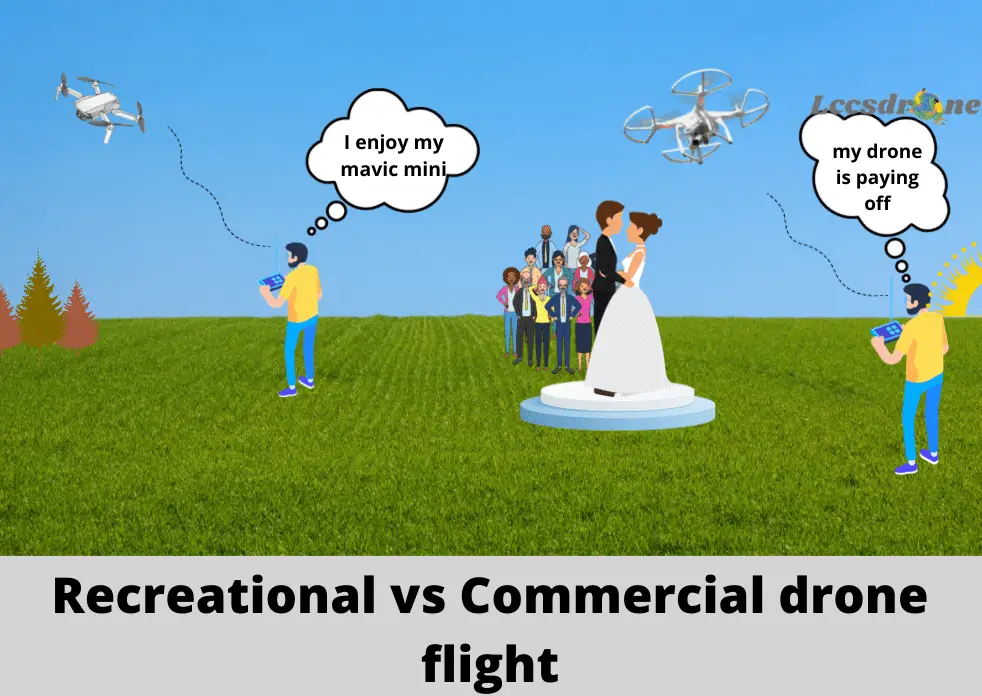
commercial pilots
Anyone who wants to fly their drone for business-related activities needs a Part 107 certificate.
Business-related activities include-
- Taking a video for YouTube which is monetized.
- Roof inspections for real estate.
- Taking photos to help sell a property or service.
- Even volunteering for a non-profit organization is considered a commercial flight.
So, if you decide to partake in any of those activities you should register as a commercial pilot, and get your Part 107 certificate.
What do you need to become a part 107 commercial pilot?
- You must be at least 16 years old.
- You must pass the Part 107 test—at an FAA-approved testing center in your area.
- You must be in a physical and mental condition to safely operate UAVs.
- You must be able to read, speak, write, and understand English (exceptions may be made if the person is unable to meet one of these requirements for a medical reason, such as a hearing impairment).
How much does it cost to take the Part 107 exam?
As of writing this, it costs $175 to get the certificate to become a part 107 pilot.
Recreational flight(flying for fun)
If you just want to fly for fun, and you will not partake in any business-related activities there is no need for a part 107 certificate.
But there are still some things you need to do-
- Take the TRUST test (it’s free) and carry proof of test passage.
- You should register your drone on the FAADroneZone website.
- Keep your drone within your visual line of sight.
- Fly at or below 400 feet in uncontrolled airspace.
- Do not operate your drone in a dangerous manner.
- Do not fly under the influence of drugs or alcohol.
- Do not interfere with emergency response or law enforcement activities.
Note: you can use this tool from the FAA to identify whether you are a commercial or recreational pilot.
2. TRUST(for recreational flyers only)
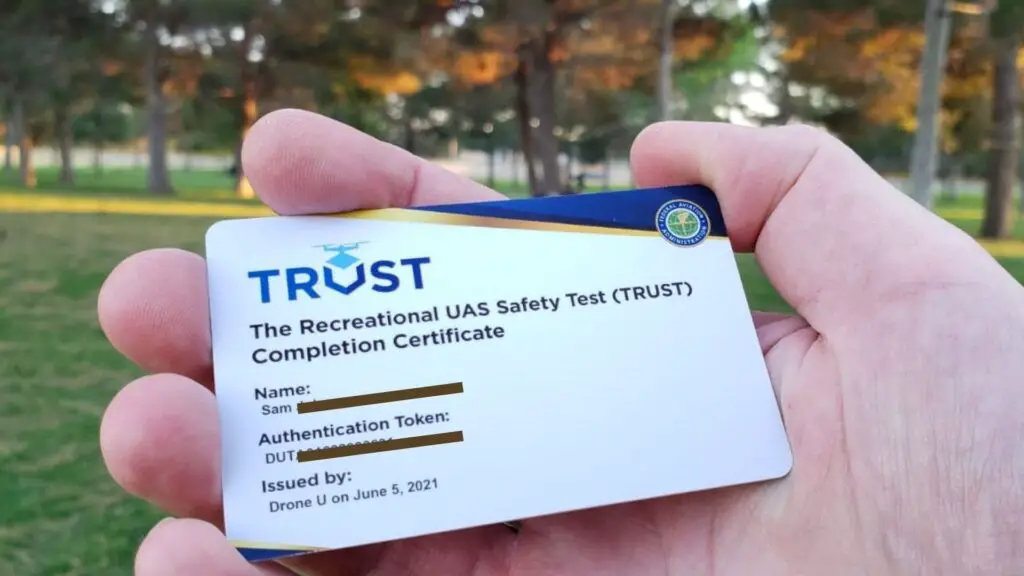
Trust is a simple free online test that provides education and testing for recreational flyers on important safety and regulatory information(commercial pilots don’t need this certificate).
The exam is free but you can get charged up to $5 if you want a fancy card like the one you see above.
TRUST exam
- You can take the free online test through any of the FAA-approved test administrators.
- All FAA-approved TRUST test administrators offer the test free.
- All test questions are correctable to 100% prior to issuing your completion certificate.
- You can take the test as many times as you like.
- After completion, you’ll need to download, save, or print your completion certificate.
- Test administrators will not keep a record of your certificate, so if you lose your certificate, you will need to retake the test.
3. Part 107 exam
3. Fly below 120m (400ft) in uncontrolled airspace
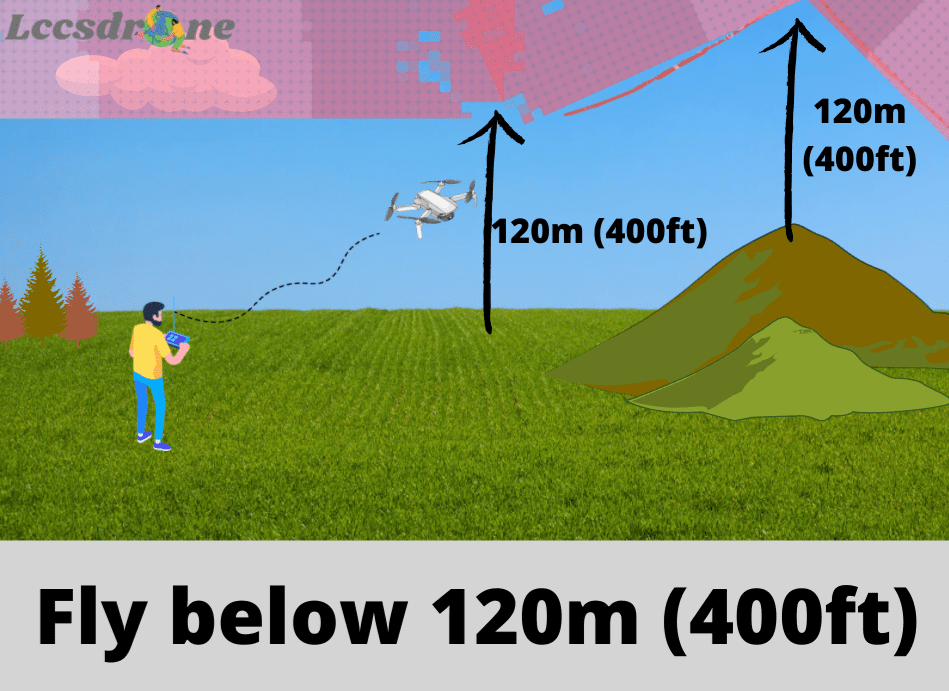
Flying below the legal height limit of 120m (400ft) (class G airspace) is mandatory at all times to reduce the risk of coming across manned aircraft, which normally fly higher than this.
Furthermore, always look and listen out for manned aircrafts that may be flying below 120m (400ft). Which is common among air ambulances, police helicopters, and such.
Flying where there are hills, mountains, or human structures
If you fly where the ground falls or rises, such as over hills, mountains, or cliffs, you may need to adjust your altitude so that your drone or model aircraft is never more than 400ft from the closest point of the earth’s surface.
This also applies for human structures like buildings, you can go as high as the human structure stands
4. avoid flying or hovering over people
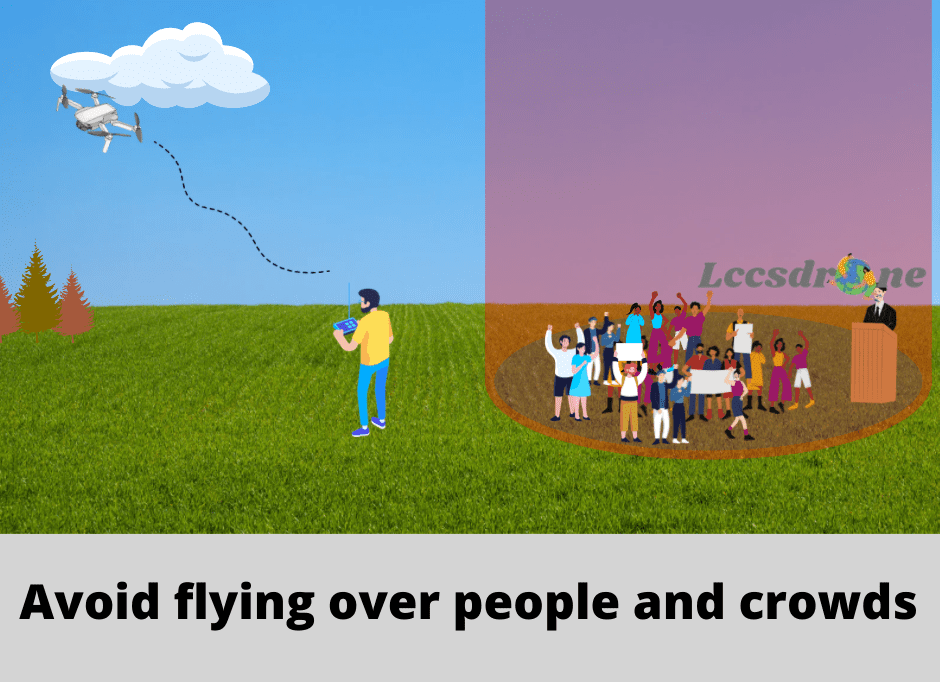
FAA has mandeated You can not maintain sustained flight over any person or group of people unless they are participating directly in the operation or located under a covered structure, or inside a stationary vehicle that can provide reasonable protection from a falling small unmanned aircraft.
This includes people in buildings and transport, including cars, lorries, trains, and boats.
Small drones such as DJI’s mavic mini (C0 or C1 class)
When you’re thinking about how close you can fly, remember, you must never put people in danger. Even small drones and model aircraft could injure people if you don’t fly them safely.
The rule on minimum distances to people is different when flying small drones and model aircraft that are below 250g, or in C0 or C1 class.
If you’re flying a drone or model aircraft that’s lighter than 250g or is C0 class, you can fly closer to people than 50m and you can fly over them.
If you’re flying a drone or model aircraft that’s between 250g and 500g, or is C1 class, you can fly closer to people than 50m, but you must not intentionally fly over them.
- In poor weather conditions mean that there could be a greater risk to people, fly further away from them. For example if it’s very windy, you should fly further away from people.
- If you fly at high speeds, fly further away to give yourself more time to react.
5. visual line of sight
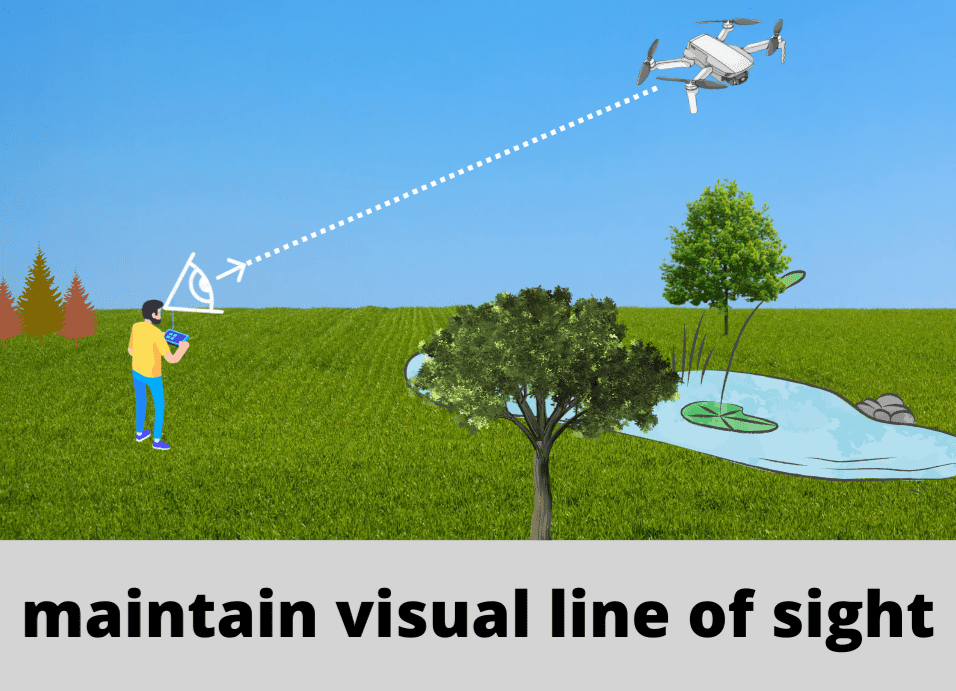
Of all the laws FAA mandated, most people don’t seem to care about keeping their drone within visual line of sight.
for those of you who don’t know, Visual line of sight (VLOS) simply means that the drone pilot or visual observer can see their UAV without any obstruction.
Potential obstructions can include structures, natural features like mountains or trees, or meteorological features such as clouds and fog.
People seem to constantly bring the argument “I can see the drone’s surroundings on my screen” but according to the FAA the observable angle on your screen is not enough to see an upcoming danger.
6. Flying Near controlled airspaces like Airports and military bases
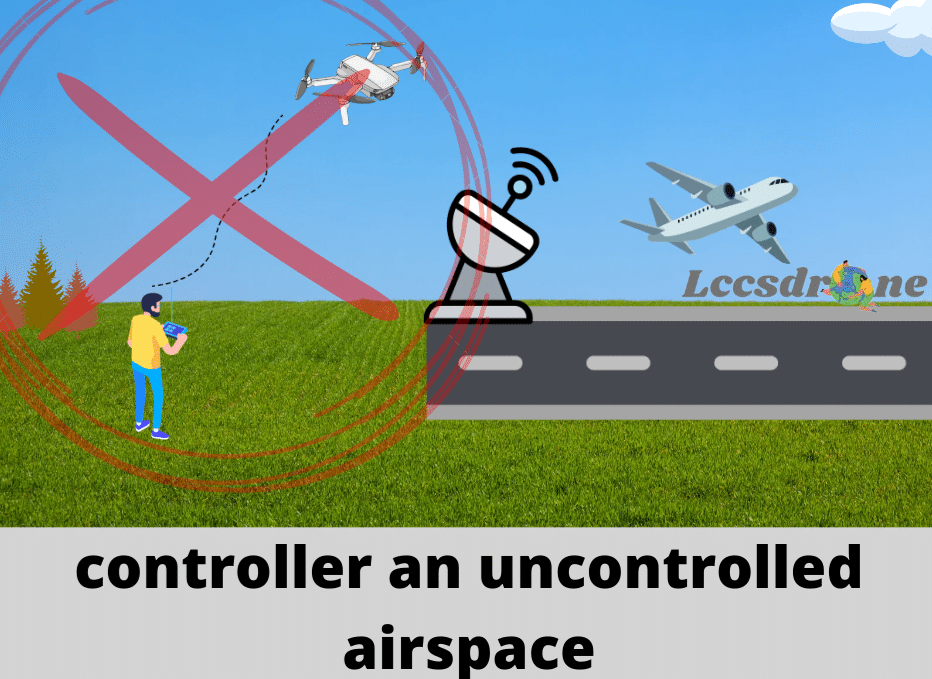
Drone operators should avoid flying near airports because it is difficult for manned aircraft to see and avoid a drone while flying. Remember that drone operators must avoid manned aircraft and are responsible for any safety hazard their drone creates in an airport environment.
flying near Airports in Controlled Airspace
controlled airspace (Class B, C, D, and E) with prior authorization by using LAANC or DroneZone.
For flight near airports in controlled airspace, drone operators must receive an airspace authorization prior to operation. Airspace authorizations come with altitude limitations and may include other operational provisions. Controlled airspace and other flying restrictions can be found on B4UFLY app.
flying near Airports in Uncontrolled Airspace
For flights near airports in uncontrolled airspace that remain under 400’ above the ground, prior authorization is not required. When flying in these areas, remote pilots and recreational flyers must be aware of and avoid traffic patterns and takeoff and landing areas. A drone must not interfere with operations at the airport must yield right-of-way to all other aircraft. Uncontrolled airspace and other flying restrictions can be found on our B4UFLY app.
Use B4UFLY app to check no-fly zones and height limits
when you are not sure whether you can fly your drone in a certain place or you don’t know the height limit for a cetiain place you can use the B4UFLY app to check and plan your flight in advance.
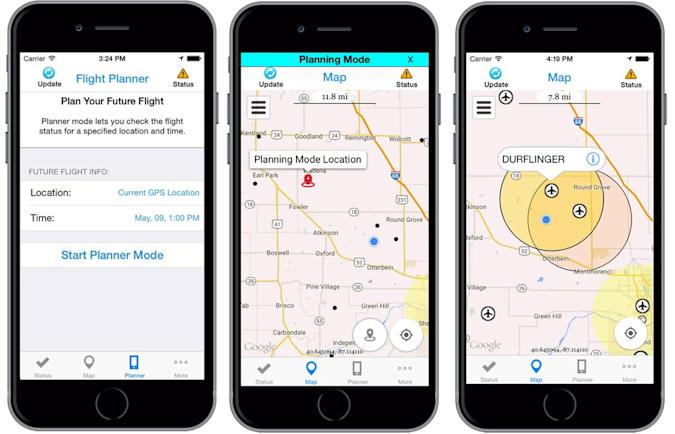
Use LAANC to fly in controller airspace
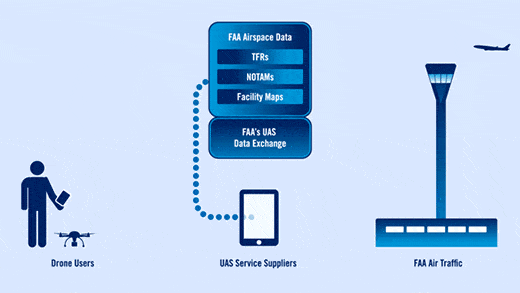
imagine you are in controlled air space and you want to fly just like you would in uncontrolled airspace that is where LAANC come to play
LAANC is the Low Altitude Authorization and Notification Capability, a collaboration between FAA and Industry. It directly supports UAS integration into the airspace. LAANC provides: Drone pilots with access to controlled airspace at or below 400 feet.
Questions and answers
can i fly over private property in the united states?
In general, You can fly a drone over private property as there are no federal laws against flying a drone over private property. The FAA controls the airspace above 400 feet, so you can only fly a drone legally in uncontrolled airspace below 400 feet above the ground.
can I fly over freeways and highways in the united states
Operating an Unmanned Aircraft System (UAS or drone) over state highways and over and around bridges can be hazardous to travelling public and the operator and may be in violation of federal regulations. Operating a UAS from within the State Highway System (SHS) right-of-way requires a Caltrans encroachment permit.

If you’d like to contact the FAA directly before you travel with any questions you might have, here is their contact information: UAShelp@faa.gov / +1 866 835-5322
This material is not presented as legal advice of any kind, and we cannot guarantee that the information is accurate, complete, or up-to-date.

